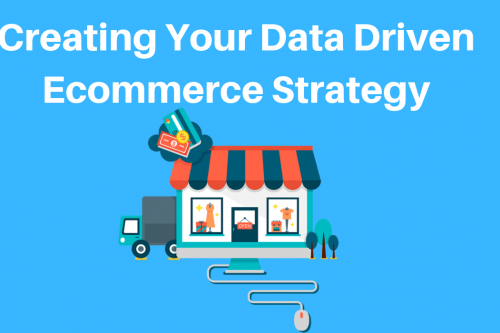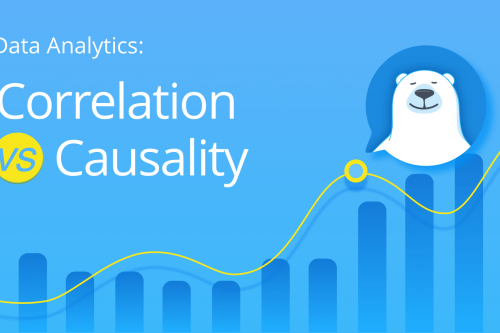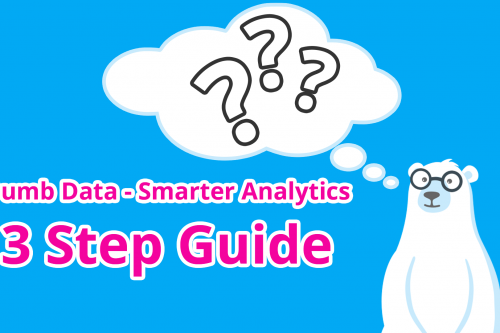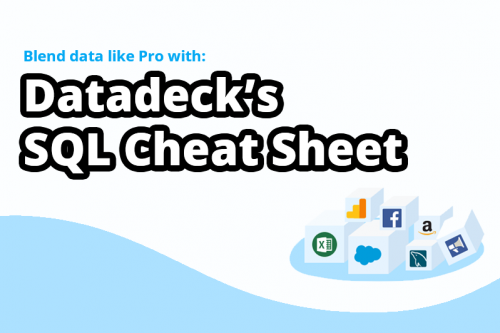Building landing pages is an important part of any online strategy, and as people begin segmenting their customers more, they are becoming increasingly important. In 2018, with the wider availability of customer data, and a more tech-savvy marketing workforce, you are more likely to be thinking about pushing out landing pages for certain products or aspects of your business which may appeal to very specific customers, who have seen very specific ads. These are the 7 rules you need to remember for keeping all your landing pages fresh and snappy for the modern, discerning prospect.
1. Trends
Keep up to date with the latest design trends.
Have you noticed how flat the internet is looking lately? That newflat style is in and is a hallmark of brands that know what it is to stay on-top of the competition. Consciously or unconsciously, customers sense these design choices and will form an opinion on your business based on them. Make sure you know what is hip right now, and how best to lay out your pages for a modern browsing experience.
2. Leave Space
Less is more
When someone hacks together a landing page then asks a proper web designer to polish it up, the first thing they usually notice is how much more space the professional leaves. Most non-designer types underestimate the value of blank space on a page, and how it can be helpful psychologically. Besides just making the page look fresh and modern, it can declutter a landing page and cause both the designer and the visitor to focus on what’s really important.
3. Easy On The Color
Have a color pallet and stick to it
Too many badly designed landing pages try to cram in too many different colors. Yes, it is good to have clearly visible CTAs but that doesn’t mean they have to clash with everything else on the page. Make sure your pages have a nice pallet that is on-brand, and run it by both designers and laymen before settling on anything.
4. Aware Of Distractions/Intensions
What is the purpose of your page?
If the purpose of your page is to get signups, or to get people to ad a product to their cart, be aware of how those clicks will come about. Is there a distracting picture right beside a CTA? DO you have links that send people to other parts of your site, and are people following them and then not converting? Using a heatmap tool you can get a better impression of what people are doing on your pages, and what might be distracting.
5. Quality Media
A picture really is worth 1,000 words
People aren’t going to buy into something unless they can see it, and if they don’t see it quickly, they may lose interest. getting an appropriate image at the top of the page is important, and looking into moving images is becoming a new norm. The images have to be of high quality, and you have to run thorough checks on page loading time. Video can work but rarely at the top of the page do you want people to have to click on a video. Get the best images you can and A/B test them for the best results.
6. Match The Ad
Don’t disappoint people
If people arrive at a page expecting one thing and getting another, they will bounce. It doesn’t matter how well related what you are showing them is – they clicked an ad for a reason and aren’t going to stick around on a whim. Also, make sure the color pallet and copy style match the landing page so they automatically know they are in the right place. The momentum of the original ad then carries over onto the landing page.
7. Analytics
Track everything
That’s all for now, follow us on Twitter or Facebook to see more useful tips like this!





